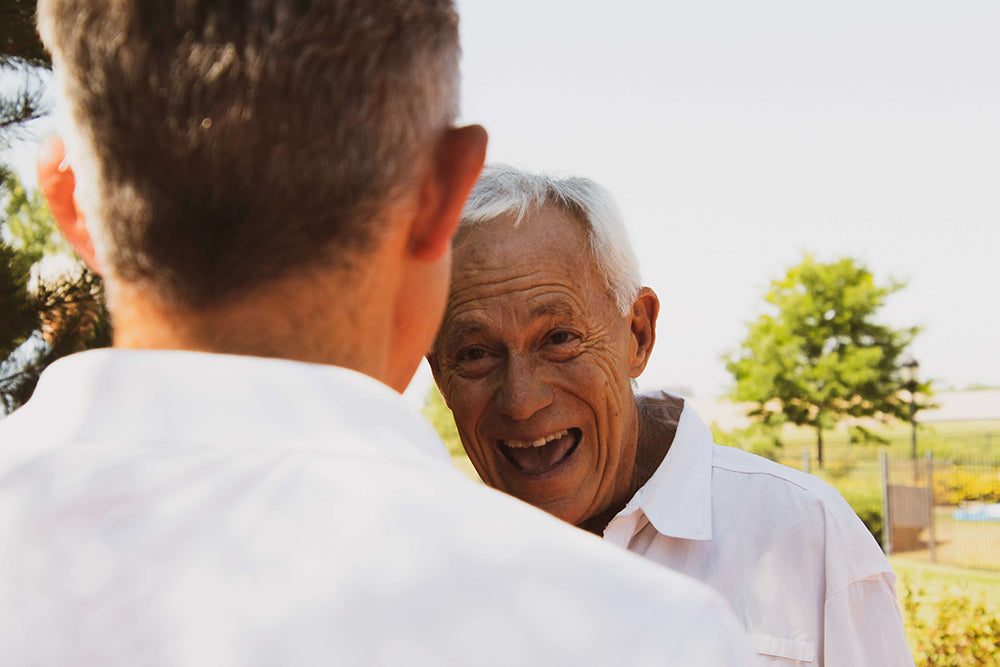How to deal with elderly incontinence
How to deal with elderly incontinence?
Our loved ones may feel embarrassed by their accident and avoid arranging for a doctor. They may use absorbent pads or protective underwear to help, but urinary incontinence can be treated with medical assistance.
They may also procrastinate because they are not sure which doctor to see. Primary care doctors, geriatricians, nurse practitioners, or urology specialists are all viable options. If your loved ones are satisfied with their attending doctor, generally speaking, it is good to start there.
Women can also go to a urologist, while men can go to a urologist.
Learning to delay urination
You can do this by gradually extending the time between two visits to the toilet. You can also practice double urination, that is, a person urinates alone, wait a few minutes, and then urinate again. This allows people to learn to empty the bladder more thoroughly.
Visit the bathroom regularly.
This is usually effective for people with mobility problems or neurological disorders, even if it means someone else is responsible for taking you to the bathroom.
Pelvic floor muscle exercises
These exercises are called Kegel exercises and can strengthen the muscles that help regulate urination. Normally, people need to practice several times a day. Learning how to contract the correct muscles can be confusing, but your healthcare provider or this step-by-step guide to performing Kegel exercises can help you.
Liquid and diet management
Although diet alone cannot treat urinary incontinence, it can improve bladder control. Certain beverages such as carbonated drinks and alcohol can cause pressure on your bladder. Even drinking coffee or tea while taking prescription drugs can aggravate the condition. Other bladder irritants to avoid include milk, tea, honey, soda, and very spicy foods.
Drug treatment of urinary incontinence in the elderly
Drug therapy is often combined with behavioral therapy. The following are some common prescription options.
Anticholinergic or antispasmodic drugs
These drugs are usually used to treat urge incontinence. Such as Vesiare®, Detrol LA®, Ditropan XL®, Oxytrol skin patch® and Santura®. The most common side effect is dry mouth. Less common side effects include blurred vision, constipation, and confusion.
Antibiotic
These drugs can be used when urinary tract infections or inflammation of the prostate cause urinary incontinence.
H4) Tofranil® (imipramine) and Sudafed® (pseudophedrine)
These drugs are used to treat stress urinary incontinence. They work by tightening the muscles around the bladder.
Home care tips for urinary incontinence
If your elderly suffers from urinary incontinence, self-care can help avoid complications such as skin rashes, peculiar urine smell and accidents.
Clean
When cleaning, use a mild soap such as Dove. Vaseline or cocoa butter can protect the skin. Make sure to pat the skin dry.
Useful urinary incontinence care products.
Preparing the right products can make you and your loved ones feel at ease in times of emergency and reduce the stress of incontinence care. Common products include
-Absorbent panties
-Waterproof vinyl panties
-Adsorption enhancement pads and liners
-Disposable towels and wet wipes
-Penis clamp
-Washable and waterproof mattress
-Absorbent mattress
-Avoid falling
If they often go to the bathroom, slip and fall accidents are more likely to happen. Try to make the bathroom at home easy to use. Use pads and protective clothing or washable underwear until you find a successful treatment.
Ask for help
If urinary incontinence in the elderly isolates your loved ones from the world and cannot enjoy their favorite pastimes, please discuss treatment options with them and encourage them to see a doctor. With proper treatment, your loved ones will soon be able to enjoy life more fully.
